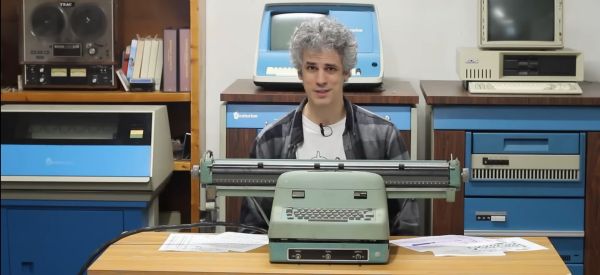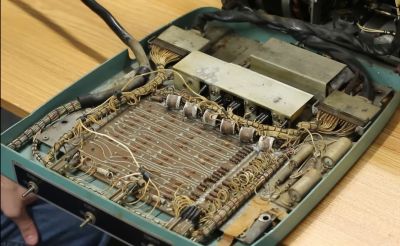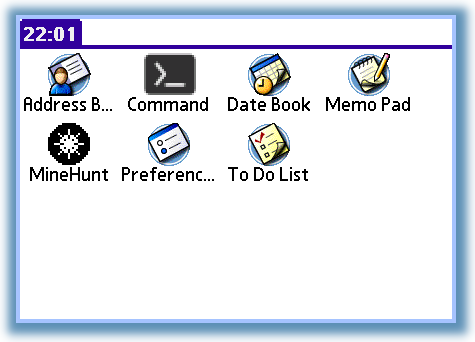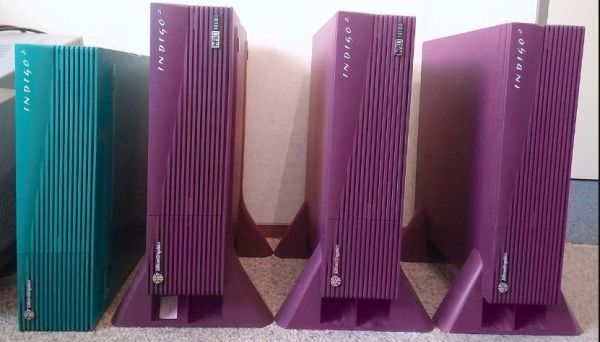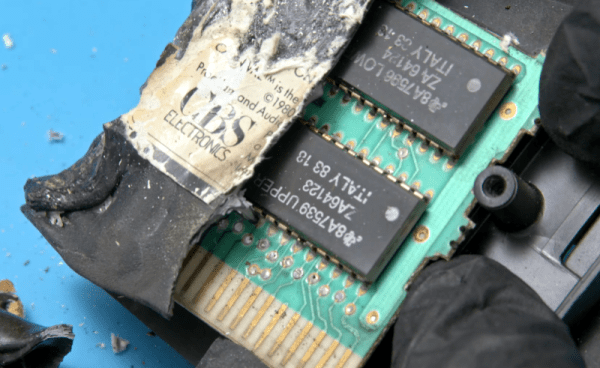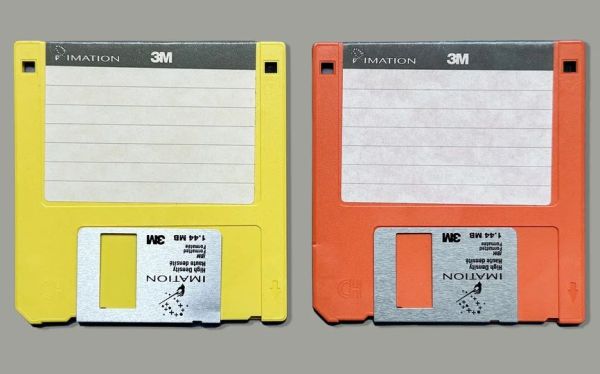3M, or as it was officially called until 2002, the Minnesota Mining and Manufacturing Company is one of those odd-duck companies where if you ask what products they manufacture the answer is pretty close to a general ‘yes’. Throughout its 121 year history, it’s moved from producing sandpaper to also producing adhesives, laminates, personal protective equipment, as well as a nearly infinite list of further products which at one point in time included a magnetic storage range of products. How this latter came to be is the subject of an article by [Ernie Smith], focusing on floppy disk storage.
Although 3M was not the one to invent floppy disks or magnetic storage, their expertise in making small grains of material stick in an organized fashion on a wide range of materials came in handy. This first allowed 3M to make a name for itself with its Scotch magnetic (reel-to-reel) tape, followed by 3M moving into the floppy disk market by 1973. Over the years following this introduction, 3M storage media came to be known as highly reliable, but as the 1990s saw the magnetic storage market mature and stagnate, 3M management saw the writing on the wall and spun this division off into a new company: Imation.
While the floppy disk isn’t quite dead yet, at this point in time Imation and its main competitors like Memorex are now mostly just a fading memory — while 3M is still plowing ahead, creating new divisions and divesting as opportunities arise.


